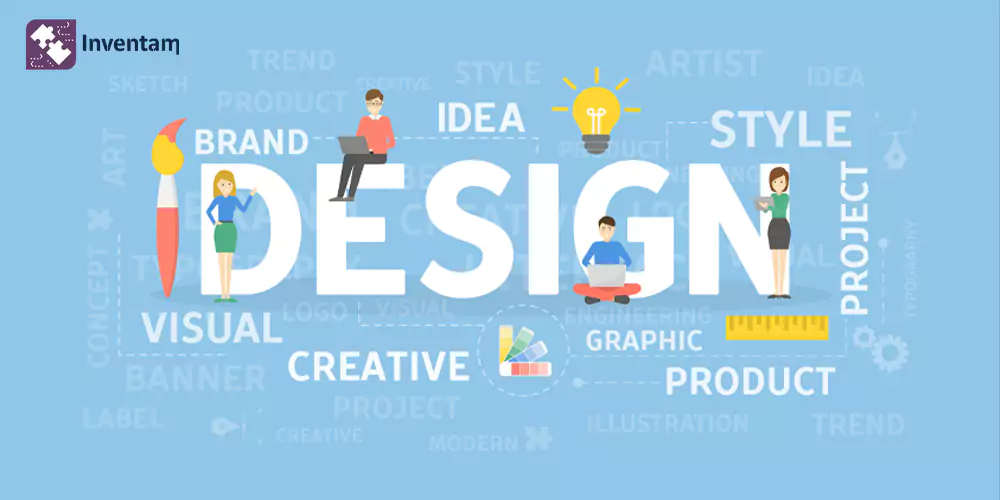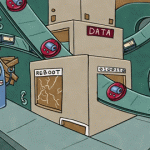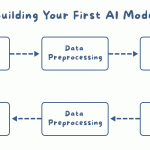In order to solve design issues and produce user-centered experiences, UI/UX designers must adopt a certain mindset and method. This is referred to as “ UI/UX Designer thinking.” It calls for the use of logical reasoning along with creativity, empathy, and a thorough comprehension of user requirements. The essential elements of UI/UX Designer thought are as follows:
- User-Centered Approach: Throughout the design process, UI/UX designers put the needs, objectives, and preferences of the users first. They take on the perspective of the users, sympathize with their experiences, and work to provide designs that effectively fulfil their needs and address their issues.
- Research and Analysis: To better understand the target users, their habits, motivations, and pain areas, UI/UX designers carry out extensive research. In order to guide their design choices, they evaluate user data, conduct user interviews, and carry out competitive research.
- Empathy and User Advocacy: Designers place themselves in the users’ position and try to understand their motives, emotions, and annoyances. They act as an advocate for the needs of the users within the design team or organisation and make sure that their opinions are taken into account when making decisions.
- Problem-Solving and Critical Thinking: The approach of UI/UX designers is one of problem-solving. They examine difficult issues, deconstruct them into solvable parts, and offer creative solutions that strike a balance between user requirements, corporate objectives, and technical restraints.
- Iterative Design Process: UI/UX designers adopt an iterative methodology, continually modifying and improving their designs in response to input and new information. In a continuous cycle of iteration, they develop prototypes, test them with people, collect input, and use it to augment and improve the design.
- Collaboration and Communication: Cross-functional teams made up of stakeholders, engineers, and other designers work closely with UI/UX designers. They successfully explain their design choices, justifications, and insights to the team in order to achieve alignment and understanding.
- Visual and Interaction Design: The goal of UI/UX designers is to create user interfaces that are simple to use and compelling to interact with. To produce aesthetically pleasing and practical designs, they take into account interaction patterns, typography, colour theory, and visual aesthetics.
- Usability and Accessibility: Usability and accessibility are given top priority by UI/UX designers to make sure that designs are clear, simple to use, and open to a wide range of people. They take into account information architecture, design patterns, and user flows that improve inclusivity and usability.
- Continuous Learning and Improvement: The most recent design trends, technologies, and user research techniques are kept in mind by UI/UX designers. To offer excellent user experiences, they solicit feedback, learn from user testing, and continually enhance their abilities and knowledge.
A strong understanding of consumers is combined with a problem-solving approach, cooperation, and creativity in UI/UX Designer thinking to produce meaningful and significant designs that increase user pleasure and accomplish company objectives.













